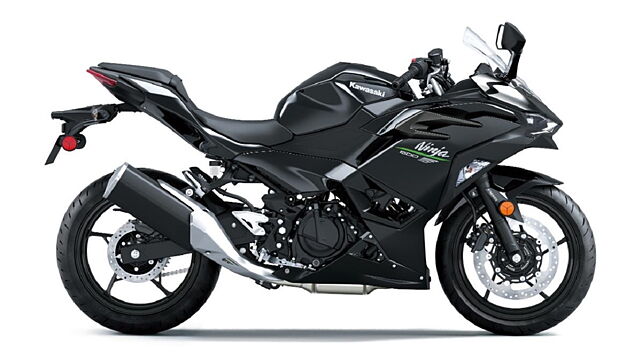
The Kawasaki Ninja 500 represents the Japanese manufacturer's newest entrant in the sub-500cc supersport space. It joins the Ninja 400 in the company’s Indian portfolio and costs the same at Rs 5.24 lakh, since it is a CBU import as well.
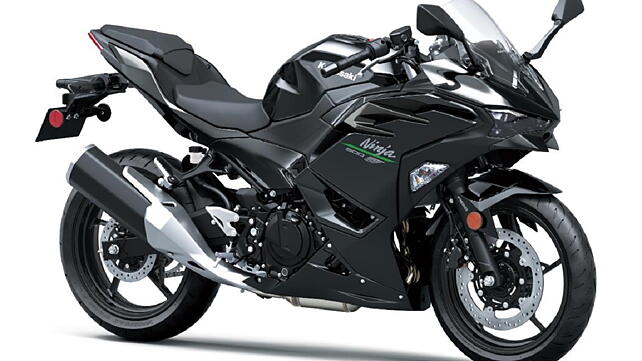
For the same money, however, you’ve got a bigger, 451cc engine in the Ninja 500. It makes 45bhp at 9,000rpm and 42.6Nm at 6,000rpm. The engine is nestled inside a steel trellis frame that is suspended by a 41mm telescopic fork and a gas charged monoshock. The features list is pretty decent with all-LED lights and LCD instrumentation with Bluetooth connectivity.
While it does come across as a promising motorcycle on paper, the price is quite steep. Nevertheless, there couldn’t be a better time to be in the market to buy a twin-cylinder supersport in this segment and here are the other options.
Yamaha R3
The other Japanese motorcycle in this list is the R3 and we absolutely adore it. Its styling is quite attractive but the star of the R3 show is undoubtedly its 321cc engine.
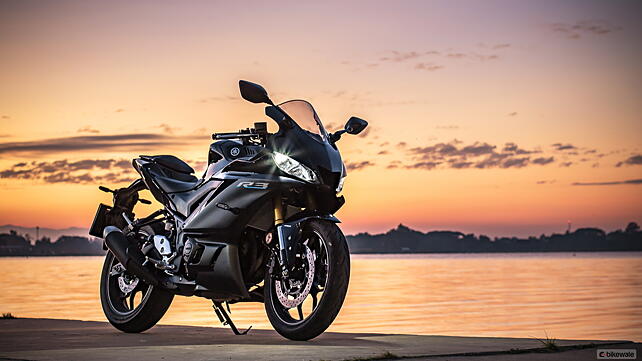
Compared to the Ninja 500, it is down on cubic capacity and by producing 42bhp and 29.5Nm, it’s down on peak power and torque as well. That said, this engine is an absolute gem and blends performance with fuel efficiency and refinement in a way that automatically makes it endearing.
In terms of the chassis, it has a diamond frame with a USD fork and a monoshock.The Yamaha R3’s ride and handling is one of its strong points and something we appreciated during our test ride in Thailand
Lastly, its features list is pretty basic for the price, especially when you consider the simple LCD display. Priced at Rs 4.64 lakh, ex-showroom, Delhi, it is steep but one can’t help since it is CBU import.
Aprilia’s decision to make the RS 457 in India gives it a serious upper hand over Kawasaki and Yamaha when it comes to pricing. At Rs 4.10 lakh, it is cheaper than the Ninja 500 and the R3 while offering a package that’s better than both bikes.
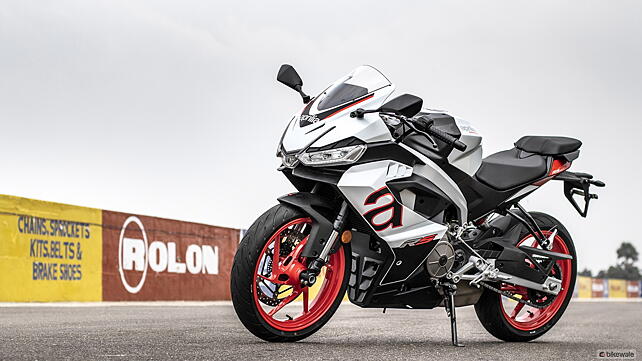
Its 457cc, parallel-twin engine is the most powerful here, churning out 47.6hp and 43.5Nm. The 270-degree crank also gives it a decidedly characterful nature that we liked during our outing with it at the Kari Motor Speedway.
Even in terms of features and equipment, the Italian trumps the Japanese by way of offering more. You’ve got traction control, ride modes, a colour TFT display and Bluetooth connectivity. Its USD fork and monoshock are preload adjustable while the front brake is the largest of this lot.
These three supersport bikes are good in their own way and choosing between them should come down to your preferences in terms of styling, engine performance, features list and brand appeal.
Also, we haven’t included the Ninja 400 because it is priced as much as the Ninja 500 while being the older bike. The Kawasaki Ninja 300, on the other hand, is simply too old and under equipped to be considered.
![Kawasaki Ninja 500 [2024-2025] Image Kawasaki Ninja 500 [2024-2025] Image](https://imgd.aeplcdn.com/272x153/n/cw/ec/171195/ninja-500-right-side-view-2.jpeg?isig=0&q=80)
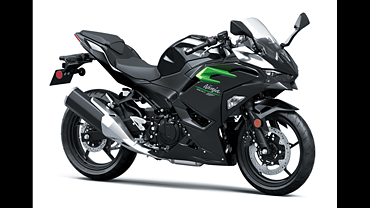
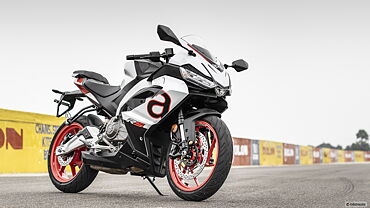


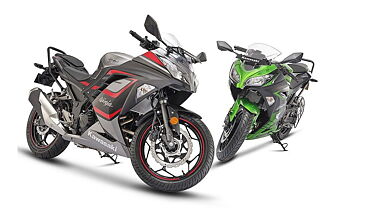

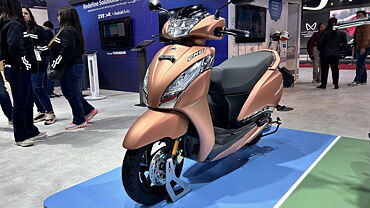
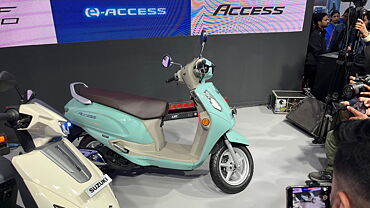
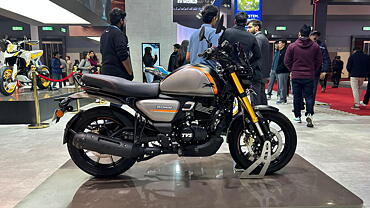


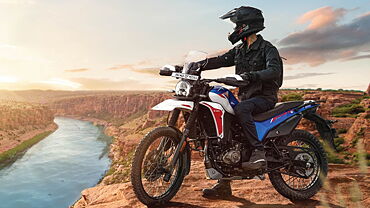
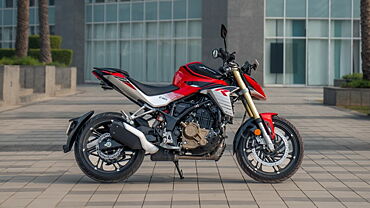

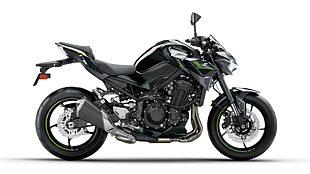
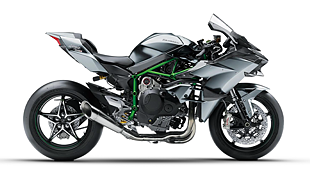






![KTM 390 Adventure X [2025] KTM 390 Adventure X [2025]](https://imgd.aeplcdn.com/272x153/n/cw/ec/190885/390-adventure-x-2025-right-side-view.jpeg?isig=0&q=80)